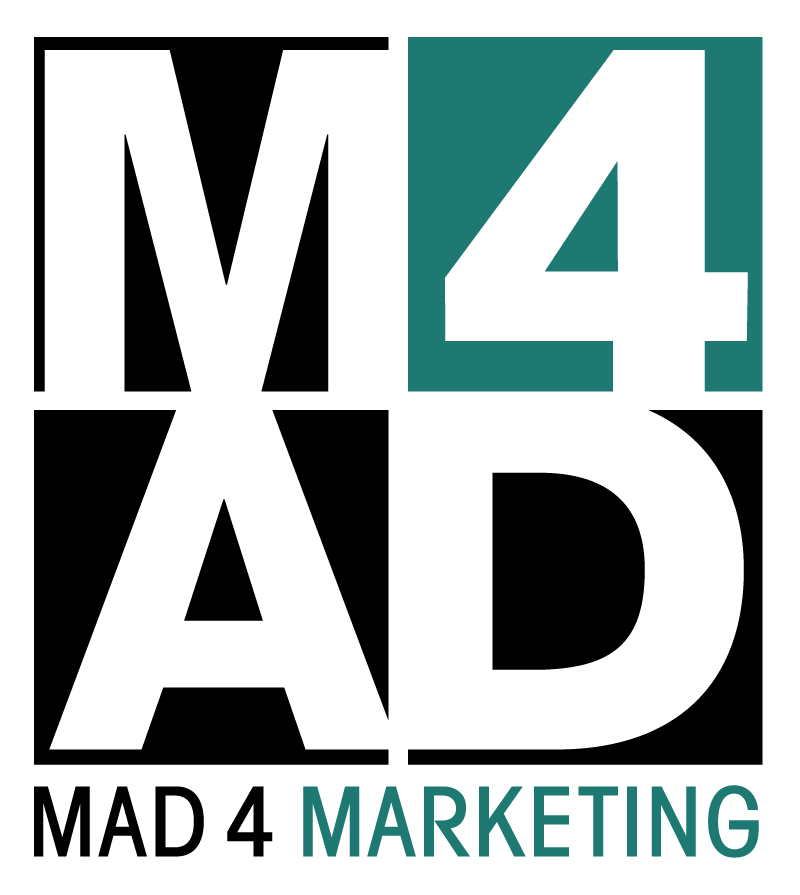
One thing that our society can agree to hate is boredom. Thanks to technology and our instant-gratification culture, it seems intolerable to go for very long without some kind of distraction, task, or entertainment.
A recent article in Ad Age highlights how our aversion to downtime can be both a blessing and a curse for marketers:
- On one hand, it means that people are staring at their phones more than ever, like when they’re standing in checkout lines, sitting through commercial breaks, or waiting for a meeting to start. (In fact, the article makes an interesting point that chewing gum sales have dropped during the rise of smartphones, since we’re both less inclined to make impulse buys on the way to the cashier these days and less likely to chew for distraction.) So if your marketing plan includes mobile ads, you could benefit from boredom. It could send eyeballs roving for something distracting to look at, and they may even linger for a few extra seconds if they’ve got nothing better to do.
- On the other hand, it’s generally harder than ever to catch and hold someone’s short attention span. It’s also difficult to make a big impression in the amount of time a person may dedicate to one view before clicking or looking away. (Nevermind the fact that some marketers are now dedicating entire films to the companies they are trying to promote.)
An important takeaway, though, is to know the difference. Marketers need to examine not only who they should reach out to, but especially when and where. Rather than just counting views, you want to be sure you’re deeply analyzing your engagement, discerning when people are more likely to be glancing at their screens in boredom. This might be when they are more likely, for example, to complete a purchase or remain engaged for a valuable length of time.
Making Boredom Count
So how do you know what those more valuable boredom engagement moments look like? It will vary by company, but behavior will inform what you should be building upon in the long run.
Are people watching a full play-through of your video online, or just a few seconds? When during the day are people more likely to complete a purchase after viewing your ad? How many of your views are unique views—and is that a good thing for your business, because you’re trying to attract a new audience, or not, because you’re accidentally luring the wrong group of people?
And what type of ad works for which views? Because someone might watch a short clip or look at a striking ad while they’re on hold with their bank, but the moment that operator gets back on the line, they’re not going to click through and complete a purchase. Meanwhile, if you’re getting good hits on a Saturday afternoon and your audience might be lounging by the pool, this might be the time to ask for a subscription, click-through, or full commercial viewing. It’s all in how you capture those precious moments of boredom.

